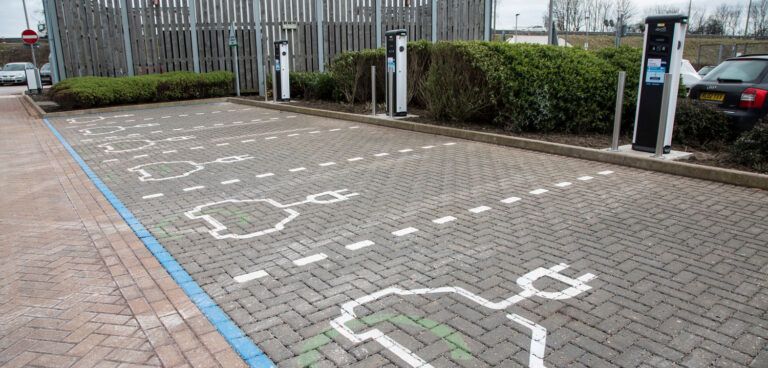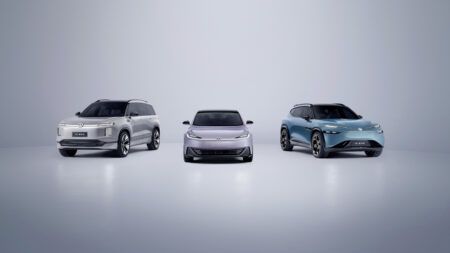A number plate has always been a means of identifying a vehicle and the UK Government wants to use this to make electric and Ultra Low Emission Vehicles (ULEVs) standout to road users and authorities.
The government has put forward a proposition to have green number plates feature on vehicles with zero emissions to raise consumer awareness, acceptance, enable people to differentiate between ICE vehicles, and also help authorities and road users identify whether a vehicle is allowed in certain parking bays or road lanes.
“As technology develops at pace and as we prepare for mass adoption of electric vehicles, green number plates provide a further opportunity to raise awareness of this revolution that is taking place on our roads, encouraging further take up as people realise that more and more vehicles are green and clean – to help achieve the 2040 target,” the report read.
Variants of green number plates have been introduced by several national and regional governments including in Norway, Hungary, Canada, and China. These have been used for both awareness-raising and as an identifier for incentives (e.g. access to bus lanes and parking incentives). Similarly, in Ontario, Canada, it has brought in a scheme that allows vehicles displaying green plates to access Ontario’s High Occupancy Vehicle (HOV) and High Occupancy Toll (HOT) lanes, even if there is just one person in the vehicle.
The proposal is examining what ways the number plate would be green. It has put forward three different designs, with a green flash on the left-hand side of the plate favored over a fully green plate, as this could interfere with automatic number plate recognition cameras.
The plan states it would be voluntary and people could opt-out if they wish, however.
The Government believes that this would incentivize the very cleanest vehicles and would be simple to implement, enforce and for consumers to understand. The Government also believes that it would futureproof against rapid technology change, and would remain effective for decades to come as a strong communications and behavioral tool to support the transition to zero emissions.
Consultation on the plan will close on January 14, 2020, after which the government will analyze the responses and set out the next steps towards potential implementation.





